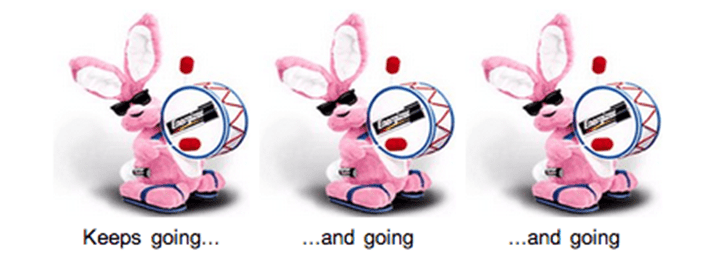 Your first chance to persuade the donor to give is the very first line of your letter: the salutation.
Your first chance to persuade the donor to give is the very first line of your letter: the salutation.
Mess up the salutation and it may be your last chance, too.
If I open your appeal letter and find it addressed to “Dear Friend” or “Supporter,” I throw it in the recycling bin. And I’m not alone.
I’ve given you money. Don’t you know me?
All your donors are receiving more and more solicitations. They have to winnow the pile–and tossing the letters that don’t call them by name is an easy way to do it.
Think about it. Who calls you “Dear Friend” when they’re not asking you for money? As Alan Sharpe says:
My wife never sends me a letter that begins, “Dear Friend.” Neither do my friends. And neither should you when writing to your donors.
Calling your donor “Dear Friend” is signaling that you don’t know or care who she is as long as she writes a check. And that’s insulting. As fundraising expert Gail Perry points out, “Your donor expects that you know her name and who she is, since she’s been sending you money for a while!”
A little more work–but I’m worth it.
It takes a little more work to call your donors by name.
1. You have to set up your fundraising letter with a “merge field.” That’s a short code that lets you pull names off a list and plug them in where they belong. Fortunately, the simplest word processing program can handle that. (Here’s a quick tutorial that will show you how.)
2. You really ought to take the chance to put your donor information into a database. If you’re still using a spreadsheet, you’re making life difficult on yourself–and increasing the chance that you’ll call your donors by the wrong name. Oops! There’s a donor who won’t renew!
3. And once you’ve printed the fundraising appeal letter with the correct name, you have to make sure the letter goes in the envelope that matches. You can’t just grab a letter off the pile and stuff it any more.
Truly, though, this is just a little more work. Once you’ve done it, you won’t have any problem doing it again. And as your donor, I’m worth it.
(If you tell me I’m not, I may never give to you again–and “Dear Friend” tells me exactly that!)
The wrong way to use my name in fundraising
Call your donor by name in the salutation of the letter, but be careful about using it in the body. It is possible to use your donor’s name so often it sounds artificial. That puts them off, instead of bringing them closer.
Here’s a reader comment from my blog post last week, Fundraising Letters HAVE to Improve in 2016!:
Using my name too much, or trying to fake something handwritten (e.g., the fake post-it) are disingenuous and/or creepy. I would rather you call me friend once than use my name 5 times like a used car salesman.
But using the donor’s name in the salutation is still vital.
How to win me over for a lifetime
You may still be saying to yourself, “We’re getting donations sending Dear Friend letters. Why should we switch?”
I want to quote Alan Sharpe again, because he has had an experience that you probably have had too.
At the Business Depot where I buy my office supplies, there is a store clerk who always remembers my name. She serves hundreds of customers. Yet when I approach the cash, she makes me feel like I’m a special customer. I feel a little flattered every time. Her name, by the way, is Allyson.
Specialists in customer service have long known that remembering a customer’s name—and using it—is one of the most effective ways (and free ways) to encourage repeat business, customer loyalty and free word-of-mouth advertising. The same is just as true in fundraising.
It costs you seven times as much to find a new donor as it does to keep an old one. And the easiest way to keep me for a lifetime is always to call me by name.


